Have you ever stopped to think about who you are teaching online, who your audience is, and what really motivates them to learn the topic you’re delivering through your courses? It’s important when building your courses that you really get to know your learners, who they really are, and not only the reasons behind why they want to take your courses, but also how they want to consume your content.
What are you teaching them (what is the transformation)?
What are you really teaching them. Whether you’re teaching your students how to master a piece of software, how to pass a professional qualification or how to master yoga, although you might be teaching how to do things, what you are really showing people is how to transform their lives, you’re teaching them how that software, qualification or the yoga can make a transformation in their lives.
The software they’re learning to master might help them start up a business or do their job better, maybe they start a side hustle with their new found skill. You’ve not just trained someone in a piece of software, you’ve helped them become more independent or perhaps become a more valued person at their workplace.
The professional qualification you’ve helped someone pass might help someone get a promotion or a new job, maybe it will help them change their career. You’ve not just trained someone how to pass an exam, you’ve helped them improve their lives, given them the confidence to move out of a dead end job and into a new exciting journey.
The yoga you’ve taught someone how to master isn’t just about the practical aspects, your course might help them become a more mindful person, adopt a healthier mindset and lifestyle, and maybe even transform the relationships they have with others.
When you discover how your courses can transform people, and approach the course content through that lens, it makes your training that much more powerful and motivating for your learners.
When are you teaching?
Another key factor in understanding your learners is figuring out when they have the time to learn. If your students have a full time job maybe they’d struggle to fit your course into their workday. If you’re training a busy parent, are their afternoons free and their evenings completely overwhelmed by child care. Are your learners running a new business and never seem to have enough time to fit learning into their schedule.
Diving into when your audience will be most receptive to your training can not only make a big difference to whether your learners are successful or not, but it can also give you ideas on how you might best deliver your training.
Let’s take those examples we just mentioned and throw out some ideas.
If your students can’t fit your training into their work day, make sure things like live sessions, drip feed lessons and reminders to take your training are sent towards the end of the afternoon when your learners might be planning their evening activities. Maybe make your lessons shorter too so it’s easier for a busy person to fit in their learning to their professional lives.
That busy parent might be flat out in the evening, but perhaps there’s a regular gap in the afternoon for a ‘Me-Time Moment’ where they can fit in an hour of learning a day.
If you know when your learners are most receptive to your course and align its delivery to your student’s schedule , when you start to measure your learner’s progress and completion rates and see them go up, this can lead to higher customer satisfaction and better ratings and reviews for your course. Making your learners feel like you are adapting your courses to fit in with their lifestyle will build ongoing trust and likely influence the success of future courses you create.
Where are you teaching?
Where you teach your students is also a factor in the success of your online courses. Having a learning platform that is easy and quick to access and navigate on all devices, that’s mobile responsive and looks good on all devices is also a factor that brings learners back to your courses time and time again. Think about where your learner might be consuming your content, for example are they checking in to your course on their tablet or phone during a daily commute. Keep an eye on your website or learning platform statistics to see what devices your learners are logging in from, and make sure that your content is easily viewable and readable on smaller devices. Also when thinking about choosing a learning management system, make sure it delivers content that looks great on all devices.
The bigger why.
And lastly let’s come full circle and look at the bigger why. When I started, I talked about thinking about what you’re teaching, and the transformation your learners go through when they take your courses, that transformation is the real reason people purchase and engage with your training, so make sure it runs through every part of the courses you create. One of the secrets to success as a course creator is to always be answering the question – why do learners really want to learn this topic, and why do they really want to learn it from you.
Also think about your own why as a course creator. Why do you want to teach the topic, why do you get excited about sharing your knowledge, why do you want to be the one who transforms other people’s lives through your online courses. Type up the answers to these questions, print them out and put them up in the area where you work on creating your courses to keep you motivated.
Understanding both your own why and the why of your audience and making it run through everything you do will help you make the biggest impact with your courses.




